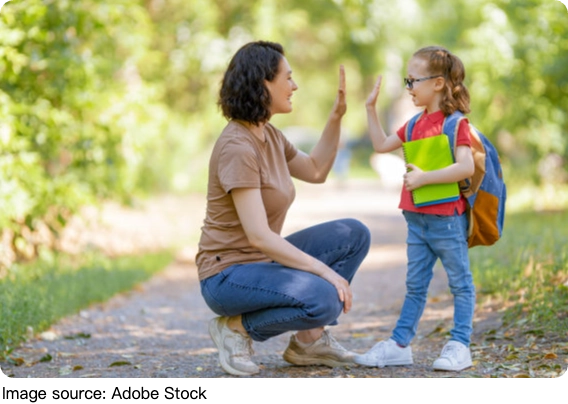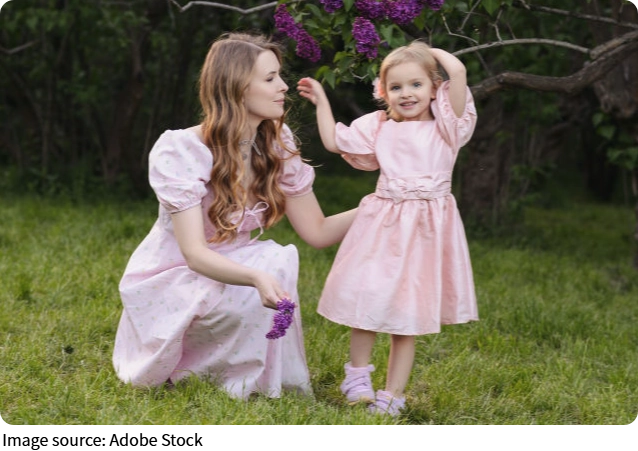Walking Sparks Growth

Hello, Lykkers! Let's have a chat for a moment. Imagine a tiny toddler, wobbly on their little legs, looking around with curiosity, and then… taking their very first step.
Heart racing, eyes wide, maybe a little stumble, but then a triumphant smile. If you've ever witnessed it, you know the magic. That small action isn't just adorable — it's monumental.
Walking is one of the first big steps in a child's journey toward independence, discovery, and confidence. Today, let's dive into why those first steps matter so much, how they shape a child's body and brain, and what you can do to support this exciting milestone.
Walking and Physical Growth
Most children take their first independent steps between 9 and 15 months (Centers for Disease Control and Prevention, 2022). This timeline can vary widely — some walk earlier, some later — and both are perfectly normal.
Learning to walk isn't just about moving from point A to point B. Every step strengthens muscles and joints while improving balance and coordination, which are crucial for later physical activities like running, climbing, and playing sports. Pediatricians emphasize that regular movement in these early years supports overall physical development, laying the foundation for strong growth throughout childhood and beyond.
Even something as simple as letting a child explore barefoot indoors or in a safe, padded space can make a difference. Walking helps children build stamina, posture, and body awareness, all of which lay the foundation for lifelong physical health.
Walking and Brain Development
Here's where it gets even more fascinating: walking is as much a brain exercise as it is a physical milestone. When children walk, their brains are busy sending signals to coordinate balance, process sensory information, and adjust to their environment. This process strengthens neural pathways, enhancing problem-solving skills and spatial awareness.
Research has shown that toddlers who achieve walking milestones on time are more likely to engage socially and explore their environment actively, which indirectly supports cognitive and language development (Clearfield, 2011). In simple terms: the act of walking sparks curiosity, encourages exploration, and lays the groundwork for learning.
Building Confidence and Independence
For toddlers, walking is freedom. It's no longer necessary to be carried everywhere — they can explore the world on their own terms. This newfound independence builds confidence and teaches resilience.
Every step, every wobble, every tiny stumble followed by a "I can do it!" moment is a lesson in persistence. Psychologists have found that early achievements in mobility foster self-assurance, emotional growth, and even social skills (Harvard Center on the Developing Child, 2021).
Think about it: a child walking independently is not just moving physically — they're learning that they can tackle challenges, take risks, and succeed. That kind of mindset is priceless.
Expanding Their World
Walking opens doors — literally and figuratively. Once children start moving on their own, the world transforms. Parks, playgrounds, and sidewalks become playgrounds for learning and exploration. They can chase bubbles, kick balls, or walk hand in hand with a parent while noticing new sights and sounds.
Socially, walking allows children to interact more actively with peers. Studies indicate that mobility in early childhood promotes engagement in social play, teamwork, and communication, which are critical for healthy emotional and social development (World Health Organization, 2019).
How Parents Can Support Walking Milestones
Lykkers, if you're supporting a little one taking their first steps, here are some practical, research-backed tips:
- Patience is key: Walking may happen anytime between 9 and 18 months. Every child progresses at their own pace.
- Safe environments: Baby-proof spaces so children can explore freely without unnecessary risks.
- Encouragement matters: Clap, cheer, or simply smile when they take steps. Positive reinforcement builds confidence.
- Make it fun: Turning walking into games, like following lines on the floor or chasing toys, encourages practice naturally.
Remember, the goal isn't speed — it's consistent encouragement, support, and joy in every step they take.

Final Thoughts
Walking may seem ordinary to those observing, but for a child, it is monumental. Each tiny step is a blend of courage, discovery, and independence. It represents a child’s first real taste of freedom and sets the stage for physical, cognitive, and emotional growth.
So the next time you see a toddler wobbling across the room, celebrate it. Those little steps are much more than movement — they are the beginning of a lifelong journey of learning, exploration, and self-confidence. Watching a child take their first steps is witnessing growth in its purest, most inspiring form.
-
 Esophageal Varices: Read!Are Internal Veins Bulging? See How Esophageal Varices Can Strike Without Warning!
Esophageal Varices: Read!Are Internal Veins Bulging? See How Esophageal Varices Can Strike Without Warning! -
 Space Internet Latency!Can Space Internet Beat Delay? Shocking Science Facts Will Make You Question Online Speed!
Space Internet Latency!Can Space Internet Beat Delay? Shocking Science Facts Will Make You Question Online Speed! -
 Contactless Money RevolutionAre You Still Swiping? Why Contactless Payments Are Taking Over the World!
Contactless Money RevolutionAre You Still Swiping? Why Contactless Payments Are Taking Over the World!